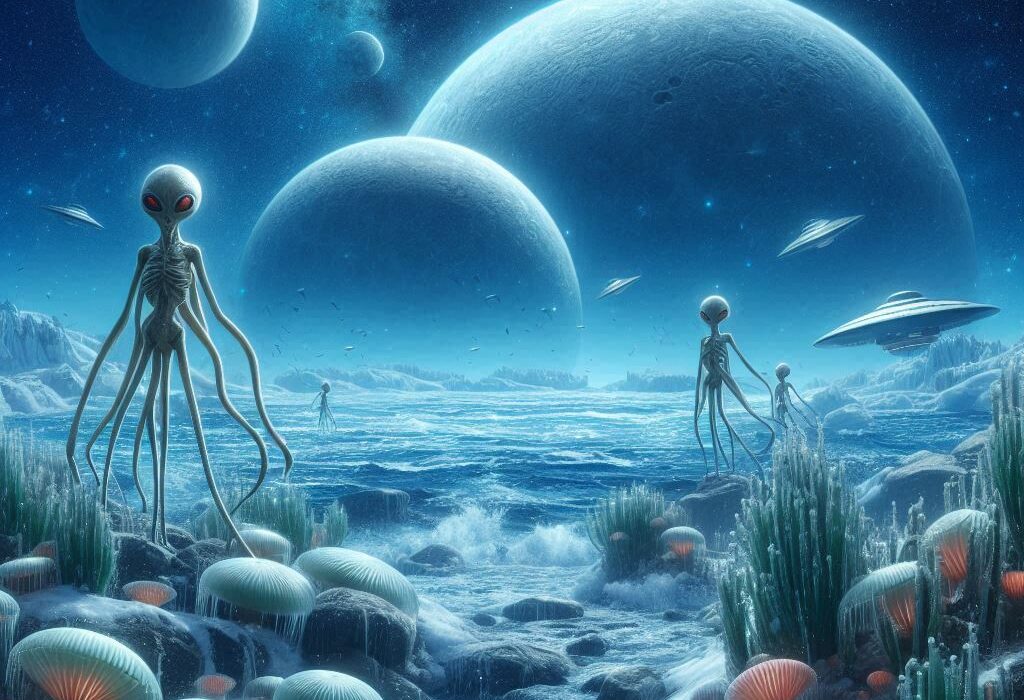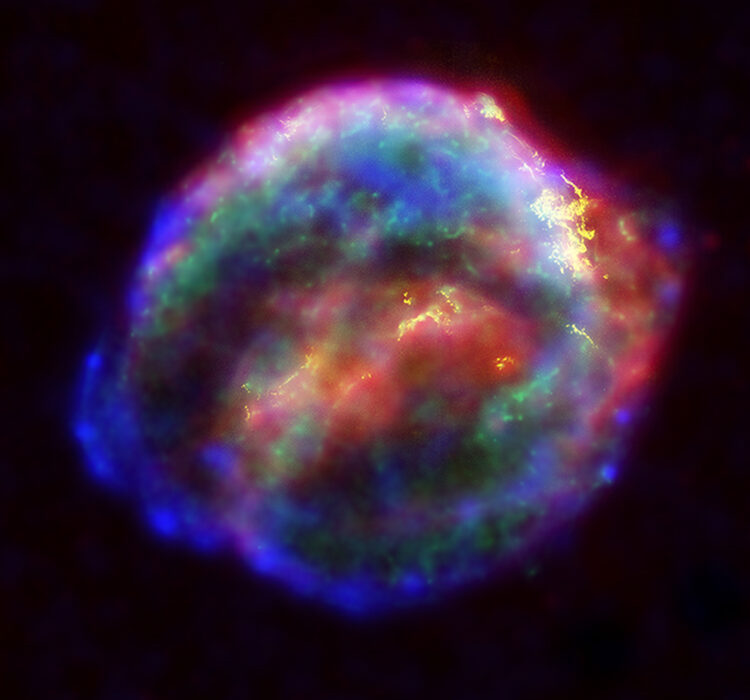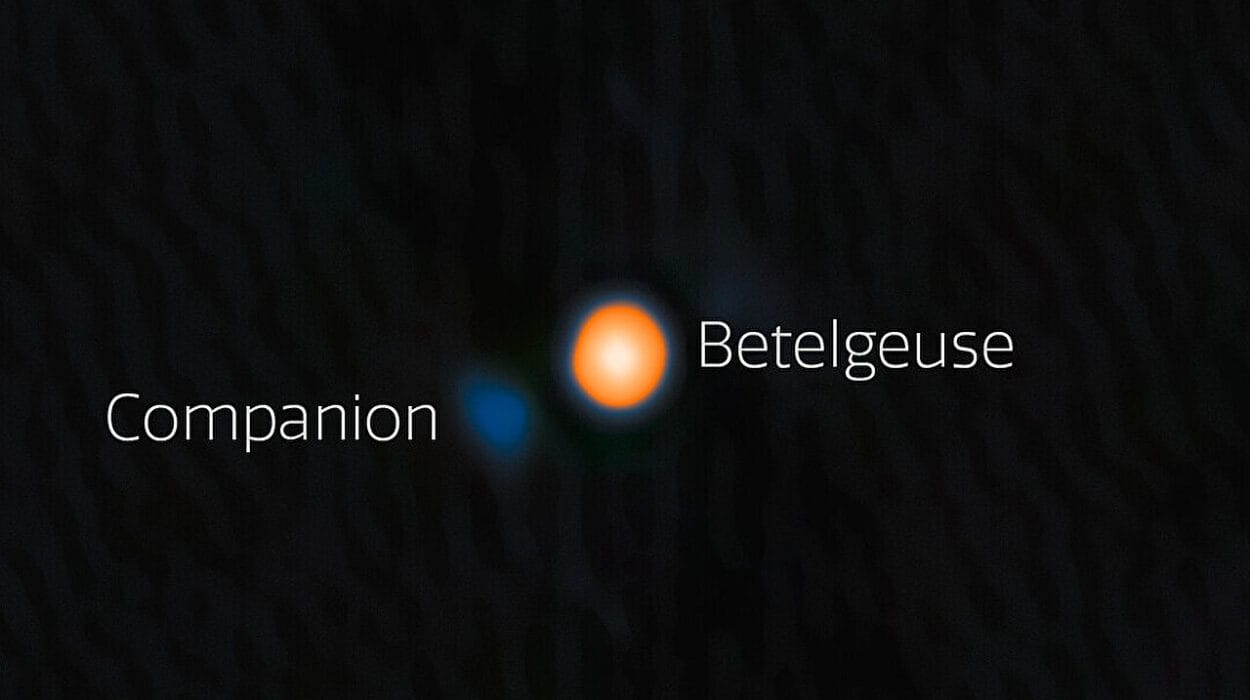In the grand expanse of the universe, Earth is but a small dot, a speck in a vast, dark sea of stars and galaxies. Yet, in that speck resides life, intelligence, and a seemingly perfect set of conditions that have allowed civilization to flourish. For most of human history, we have gazed at the heavens in wonder, wondering whether our little planet is truly special or merely a random accident in the cosmos.
The more we learn about the universe, the more we realize just how incredibly rare—and lucky—our Earth truly is. While billions of planets exist, only a tiny fraction possess the unique combination of features that make life possible. Understanding why Earth is so rare, and why life has flourished here, requires us to look at a wide range of factors: the conditions that allowed our planet to form, the astronomical circumstances that influenced its development, and the biological factors that have enabled life to survive and evolve.
This article will take you on a journey through the cosmos to explore the myriad factors that have shaped Earth’s extraordinary ability to support life. From the unlikely alignment of the planets in our solar system to the delicate balance of geological and atmospheric conditions, we’ll discover why Earth stands out as an oasis of life in an otherwise hostile universe.
The Goldilocks Zone: Earth’s Perfect Location
The concept of the Goldilocks Zone is perhaps the most crucial factor in the rarity of Earth. Often referred to as the “habitable zone,” this is the region around a star where conditions are just right for life to flourish. Too close to the star, and the temperature becomes unbearable, boiling away any liquid water. Too far away, and the planet freezes, rendering it impossible for life as we know it to survive.
Earth is located in the Goldilocks Zone of the Sun—neither too hot nor too cold. This ideal distance from our star is one of the primary reasons Earth has maintained liquid water on its surface for billions of years, a key ingredient for life. Water is not only a solvent for life’s essential chemicals but also regulates temperature, allowing for stable conditions that have supported the rise of complex ecosystems.
The exact distance of Earth from the Sun is remarkably precise. If Earth were a little closer, the oceans would evaporate, turning the planet into a desert like Venus. If it were a little farther away, the water would freeze, transforming Earth into a cold, barren world like Mars. This narrow habitable zone makes Earth a rare gem in the vastness of space.
The Role of the Moon: Earth’s Cosmic Companion
Earth’s Moon plays a crucial role in making our planet so special. While the Moon might seem like just a silent, distant companion in the night sky, its presence has had profound effects on Earth’s development. The Moon stabilizes Earth’s axial tilt, which in turn stabilizes the planet’s climate.
Without the Moon, Earth’s tilt could vary wildly, resulting in extreme climatic shifts that could have made it difficult for life to evolve. The Moon’s gravitational pull also causes tides, which have helped mix the oceans, creating an environment conducive to life. Tidal forces might have played a role in the development of life by providing a cyclical rhythm that could have spurred biological processes.
Furthermore, the Moon’s creation—likely the result of a giant impact with a Mars-sized body early in Earth’s history—had a hand in the planet’s formation. This collision provided Earth with the necessary materials to form a solid, stable crust and an iron core, which are essential for the creation of Earth’s magnetic field.
The magnetic field, in turn, shields the planet from harmful solar radiation, protecting life from cosmic and solar particles that could otherwise strip away the atmosphere and water. This protective shield is essential for maintaining the conditions necessary for life to thrive.
A Stable Sun: The Importance of Our Star
Not all stars are created equal. Our Sun is a relatively stable, middle-aged star that has been shining consistently for about 4.5 billion years. It’s not too massive to burn out too quickly, nor too small to be unstable. This stability has been crucial for life on Earth, as it provides a steady energy source that can support complex ecosystems over long periods of time.
Stars that are much larger than the Sun burn through their fuel quickly and have relatively short lifespans. Their intense radiation can strip planets of their atmospheres long before life can evolve. On the other hand, stars that are much smaller than the Sun, like red dwarfs, have flares that can bombard nearby planets with harmful radiation, making them inhospitable for life.
The Sun’s steady output of energy has provided a consistent source of warmth, enabling Earth to maintain liquid water and support a wide variety of life forms. Without this stability, the conditions for life would have been too erratic to sustain.
Earth’s Plate Tectonics: The Engine of Life
Earth’s geology is another crucial factor in its habitability. One of the most important geological processes is plate tectonics, the movement of large slabs of Earth’s lithosphere over the semi-fluid mantle. This process is responsible for the formation of mountains, earthquakes, volcanic activity, and the recycling of the planet’s crust.
Plate tectonics plays a vital role in maintaining a stable climate and regulating the amount of carbon dioxide in the atmosphere. Volcanic eruptions release carbon dioxide into the atmosphere, which is then absorbed by oceanic and terrestrial life. Over millions of years, carbon is cycled through the atmosphere, oceans, and the Earth’s crust, preventing runaway greenhouse effects or a “snowball Earth” scenario.
The dynamic nature of Earth’s surface also helps maintain a variety of environments and ecosystems, from deep ocean trenches to towering mountain ranges. This diversity of habitats has allowed life to thrive in a variety of forms, from the deepest ocean vents to the highest mountaintops.
Without plate tectonics, Earth would be a stagnant, lifeless world, with a lack of geological activity preventing the recycling of essential elements like carbon and nitrogen. The continuous reshaping of the planet’s surface has kept the environment dynamic and favorable for the development and evolution of life.
The Atmosphere: Earth’s Protective Shield
Earth’s atmosphere is another critical factor that sets our planet apart. Composed primarily of nitrogen (78%) and oxygen (21%), with trace amounts of other gases like carbon dioxide and argon, Earth’s atmosphere is the perfect blend of components needed to support life.
The atmosphere serves several crucial functions: it regulates temperature by trapping heat from the Sun (the greenhouse effect), protects life from harmful ultraviolet radiation, and provides the oxygen necessary for respiration. It also plays a key role in the water cycle, ensuring the movement of water from the oceans to the atmosphere to the land and back again.
Without a thick atmosphere, Earth would be a barren, frozen world. The thin atmosphere of Mars, for example, cannot trap enough heat to sustain liquid water, which is why the Red Planet is so inhospitable. Earth’s relatively thick and stable atmosphere has been essential for maintaining the conditions necessary for life.
The presence of a magnetic field, generated by Earth’s molten iron core, further protects the atmosphere from being stripped away by solar winds, a fate that has befallen planets like Mars. The combination of a stable atmosphere and a protective magnetic field has helped Earth maintain a steady, livable environment for billions of years.
Water: The Essential Ingredient
Water is often called the “elixir of life,” and for good reason. Life as we know it simply cannot exist without water. Earth is uniquely positioned to have vast bodies of liquid water—oceans, rivers, lakes—that cover approximately 71% of the planet’s surface.
Water is essential for life because it is an excellent solvent, meaning it can dissolve many of the chemicals necessary for biological processes. It also has a high heat capacity, which helps regulate temperature. Water’s unique properties—its ability to exist in all three states (liquid, solid, and gas) under Earth’s surface conditions—make it the perfect medium for life to thrive.
Moreover, water has been crucial for shaping Earth’s climate and geological processes. It plays a key role in erosion, weathering, and the water cycle, helping to redistribute heat and nutrients across the planet’s surface.
Earth’s ability to maintain liquid water is not an accident. The presence of water is intricately tied to the planet’s position in the Goldilocks Zone, its stable atmosphere, and its geological processes. Without water, life would be impossible on Earth, and life as we know it would not exist elsewhere in the universe.
The Emergence of Life: A Rare Event?
Even with the perfect conditions for life to thrive, the emergence of life itself is a rare and mysterious event. Scientists are still uncertain about how life began on Earth, but it is clear that life arose in a unique combination of factors.
The early Earth, some 4.5 billion years ago, was a hostile place. The planet was bombarded by asteroid impacts, volcanic eruptions, and intense solar radiation. Yet, against these odds, life somehow emerged from a primordial soup of chemicals.
Theories about the origin of life on Earth include the RNA world hypothesis, which suggests that RNA molecules were the first to replicate and store genetic information, and the iron-sulfur world hypothesis, which proposes that life began in deep-sea hydrothermal vents, where chemical reactions provided the energy necessary for life to begin.
However it happened, life emerged on Earth and began to evolve in ways that led to the complex organisms we see today. The process of natural selection and evolution by mutation created a staggering diversity of life forms, from simple microbes to complex multicellular organisms, and eventually to the rise of intelligent life.
But how likely is this to happen elsewhere? Given the vast number of variables—chemical availability, environmental conditions, and sheer randomness—the emergence of life on another planet might be incredibly rare. And even if life does emerge, it may take billions of years for intelligent life to evolve, if at all.
Conclusion: Earth’s Uniqueness and the Search for Life
Earth is a rare and precious jewel in the cosmic ocean. The combination of factors that have allowed our planet to support life—its perfect location in the Goldilocks Zone, its stable atmosphere, its protective Moon, its dynamic geology, and its abundant water—makes Earth an exceptional world in the vast universe.
While the search for life beyond Earth continues, it is essential to understand just how rare and special Earth truly is. The odds of finding another planet with exactly the right combination of conditions to support life are exceedingly low. This makes the preservation of our planet even more critical. Earth is the only home we know, and its rarity makes it all the more precious.
In the end, Earth’s uniqueness serves as a reminder of how fortunate we are to live here. As we venture into the cosmos, exploring other planets and searching for signs of life, we must also remember to care for our own world. The beauty of Earth lies not just in its physical features, but in the delicate balance that has allowed life to flourish.
We are, indeed, incredibly lucky.






